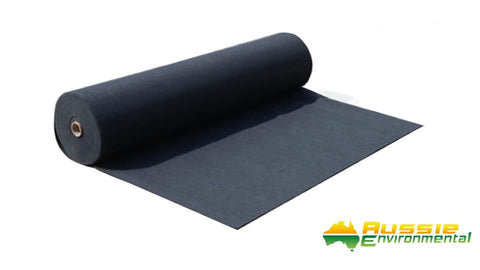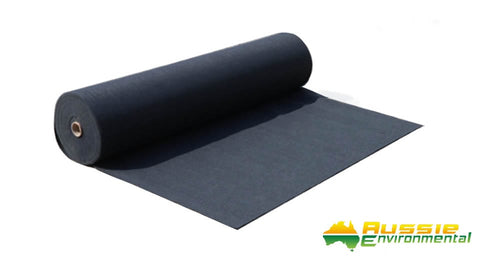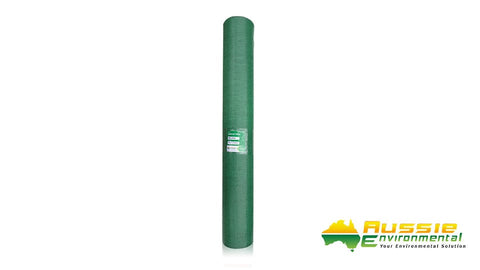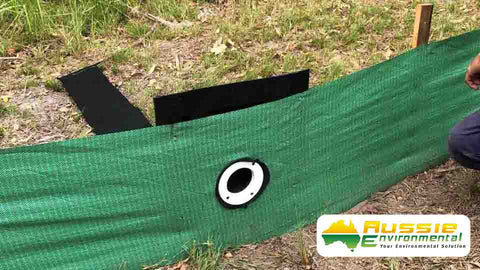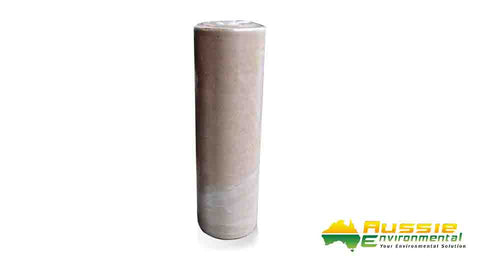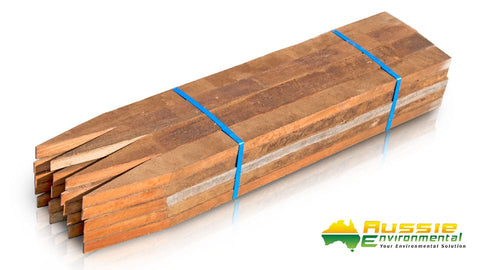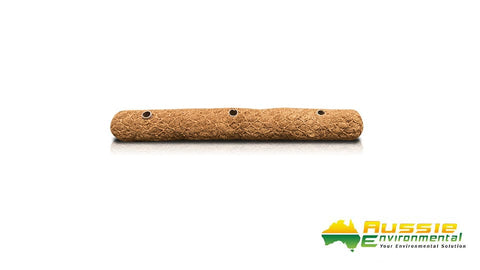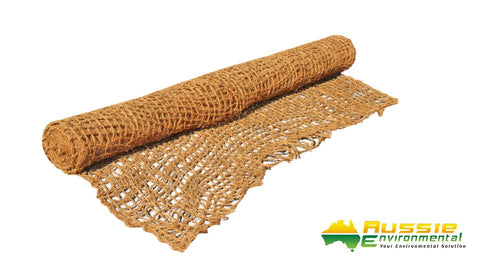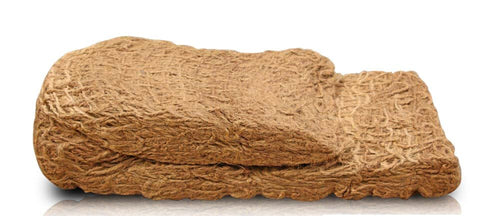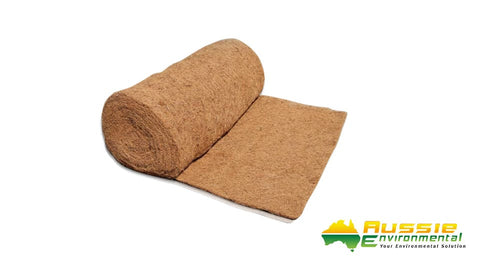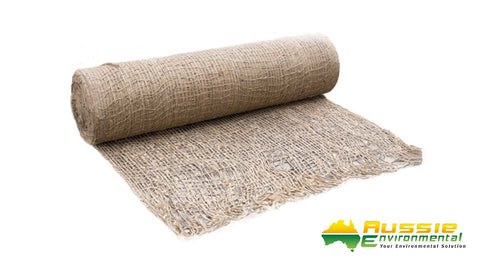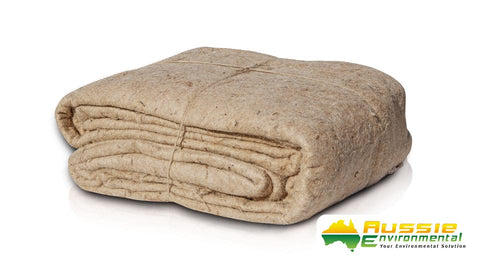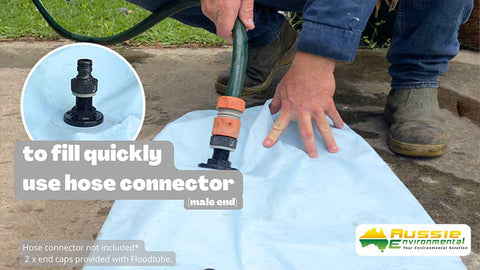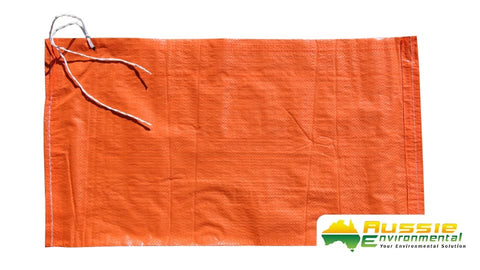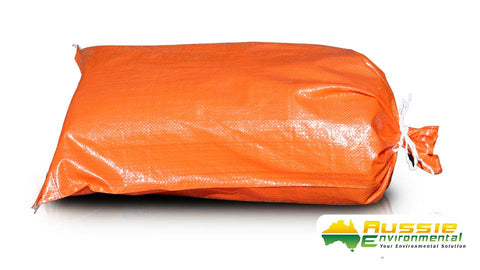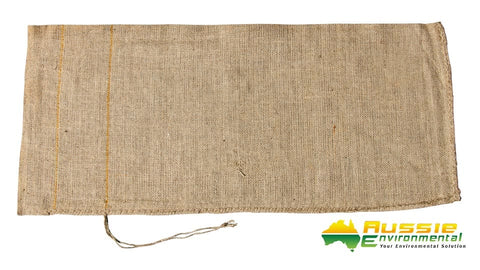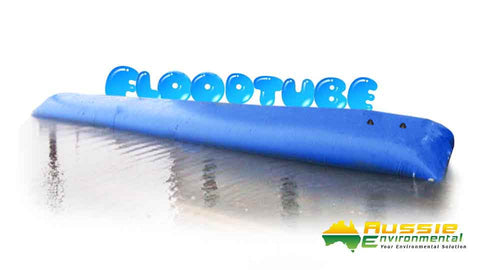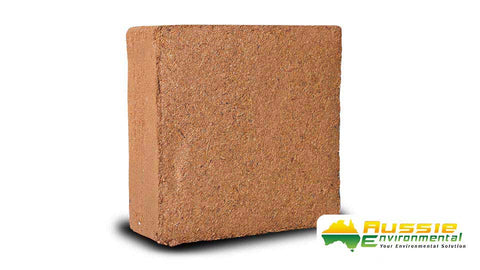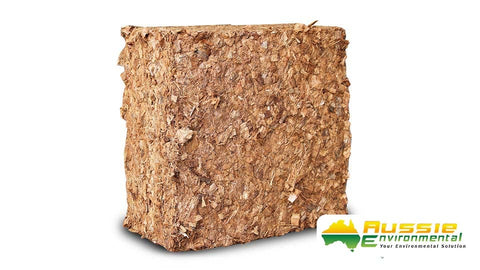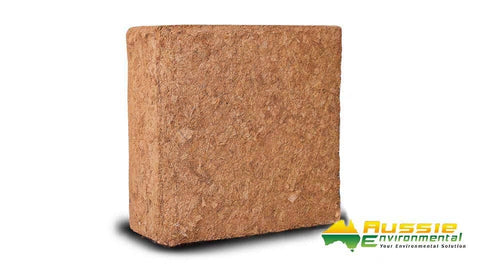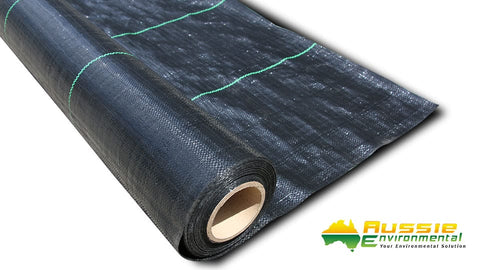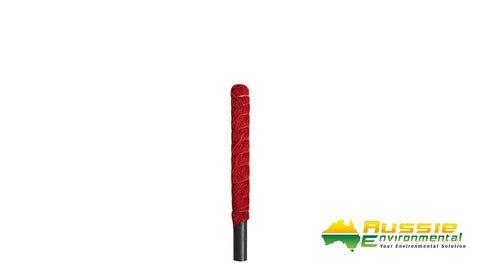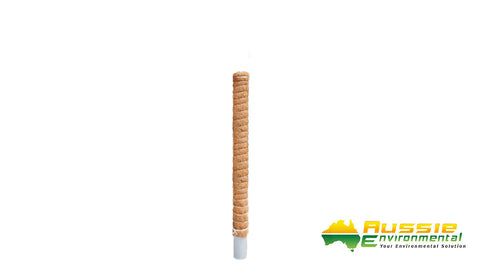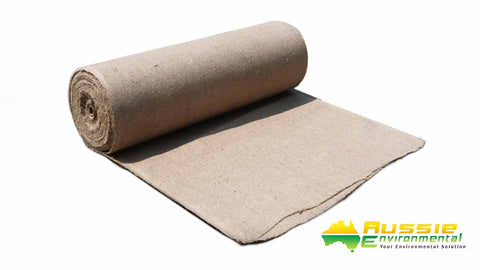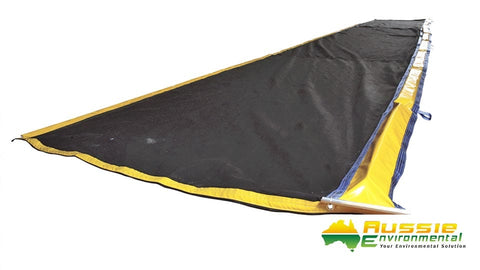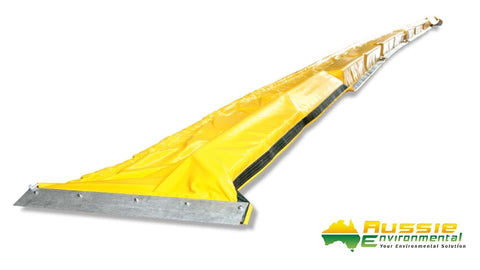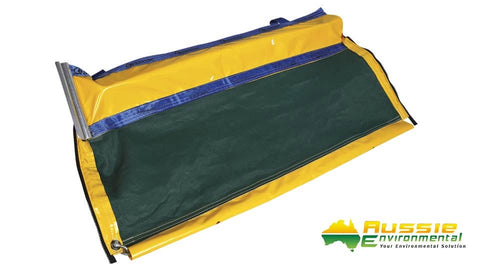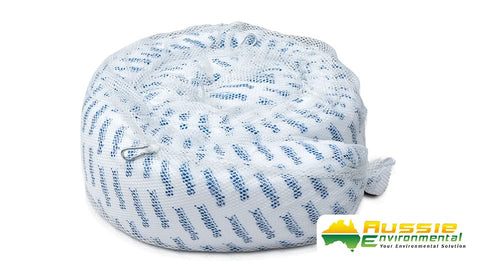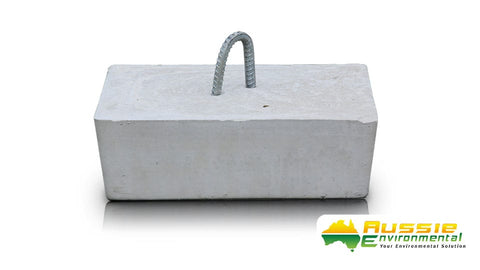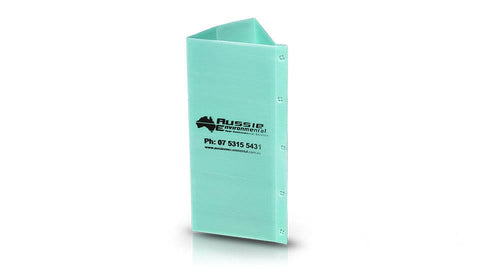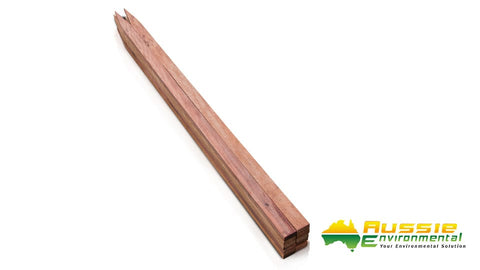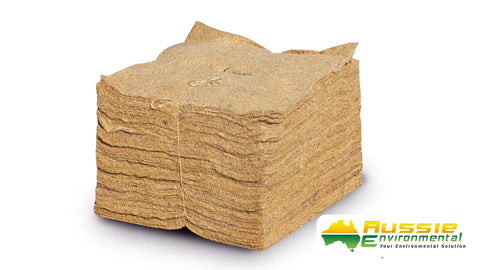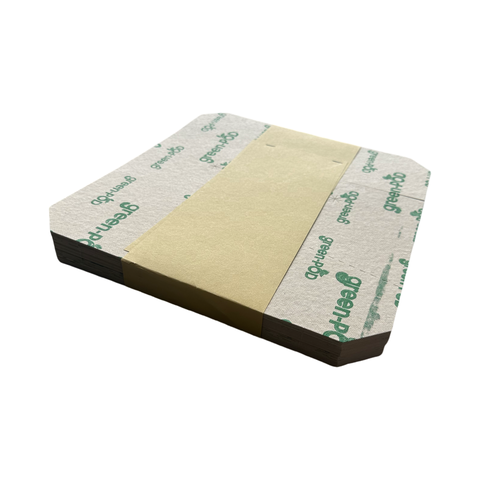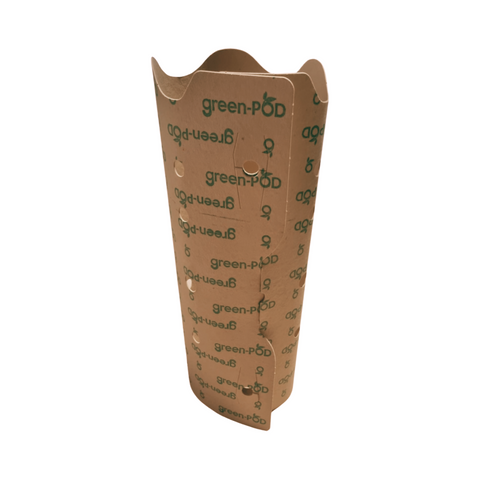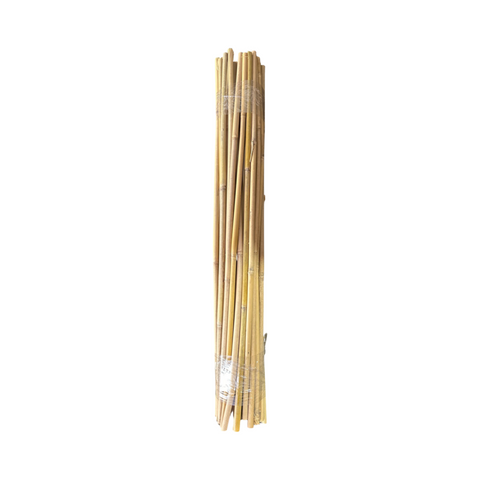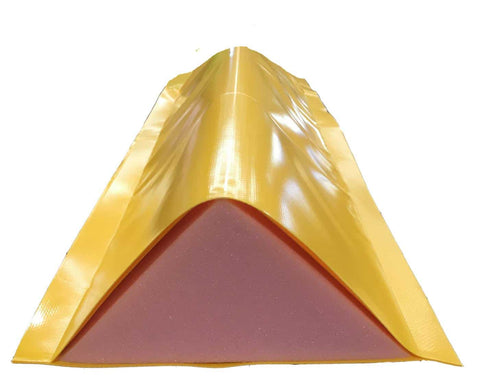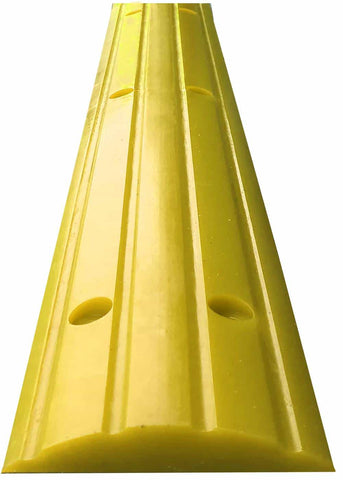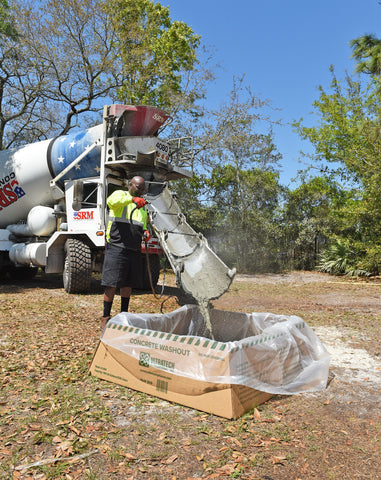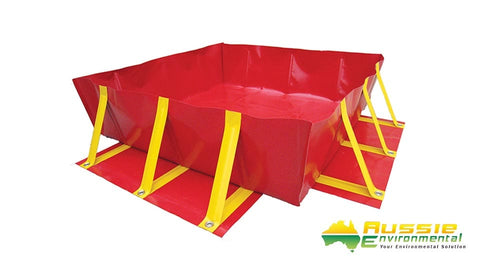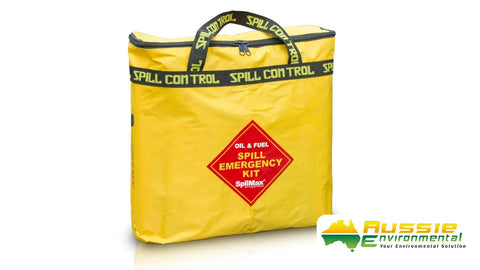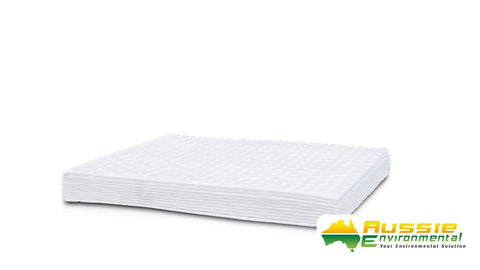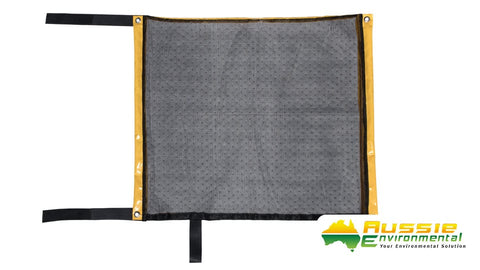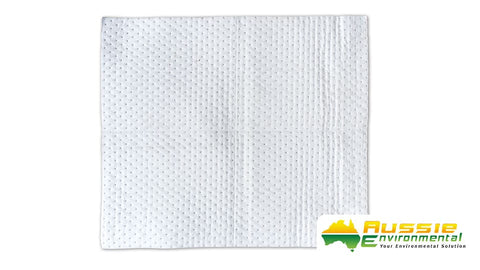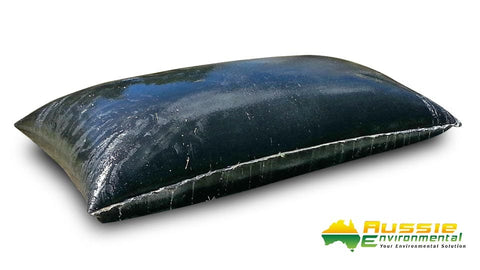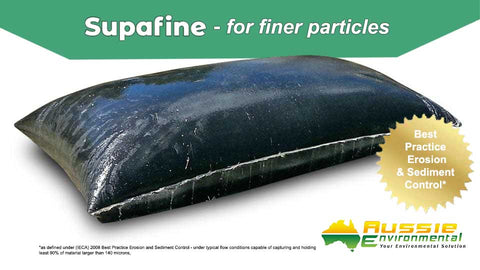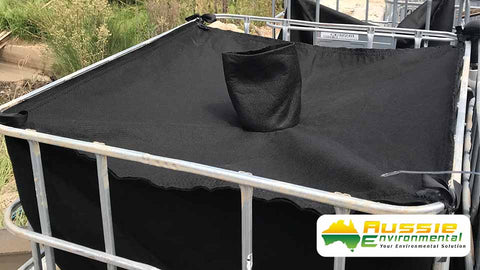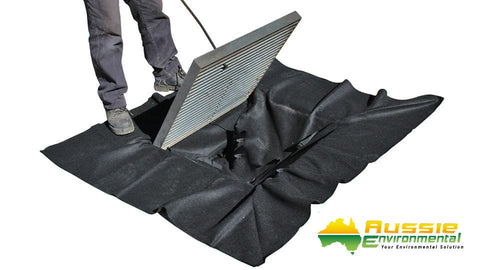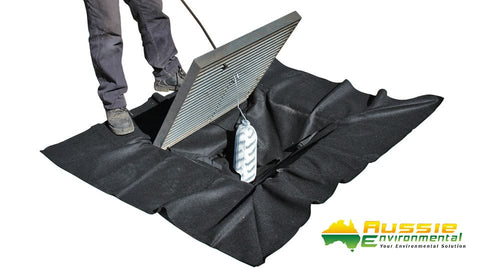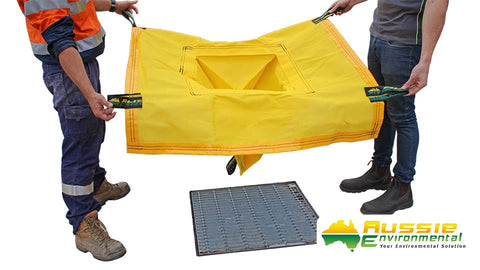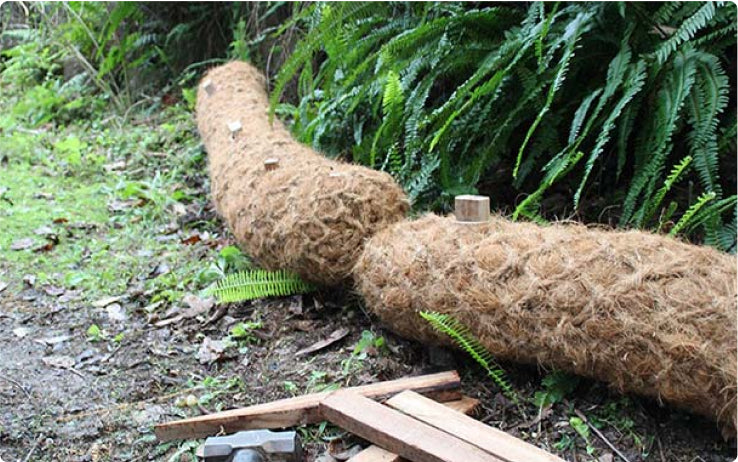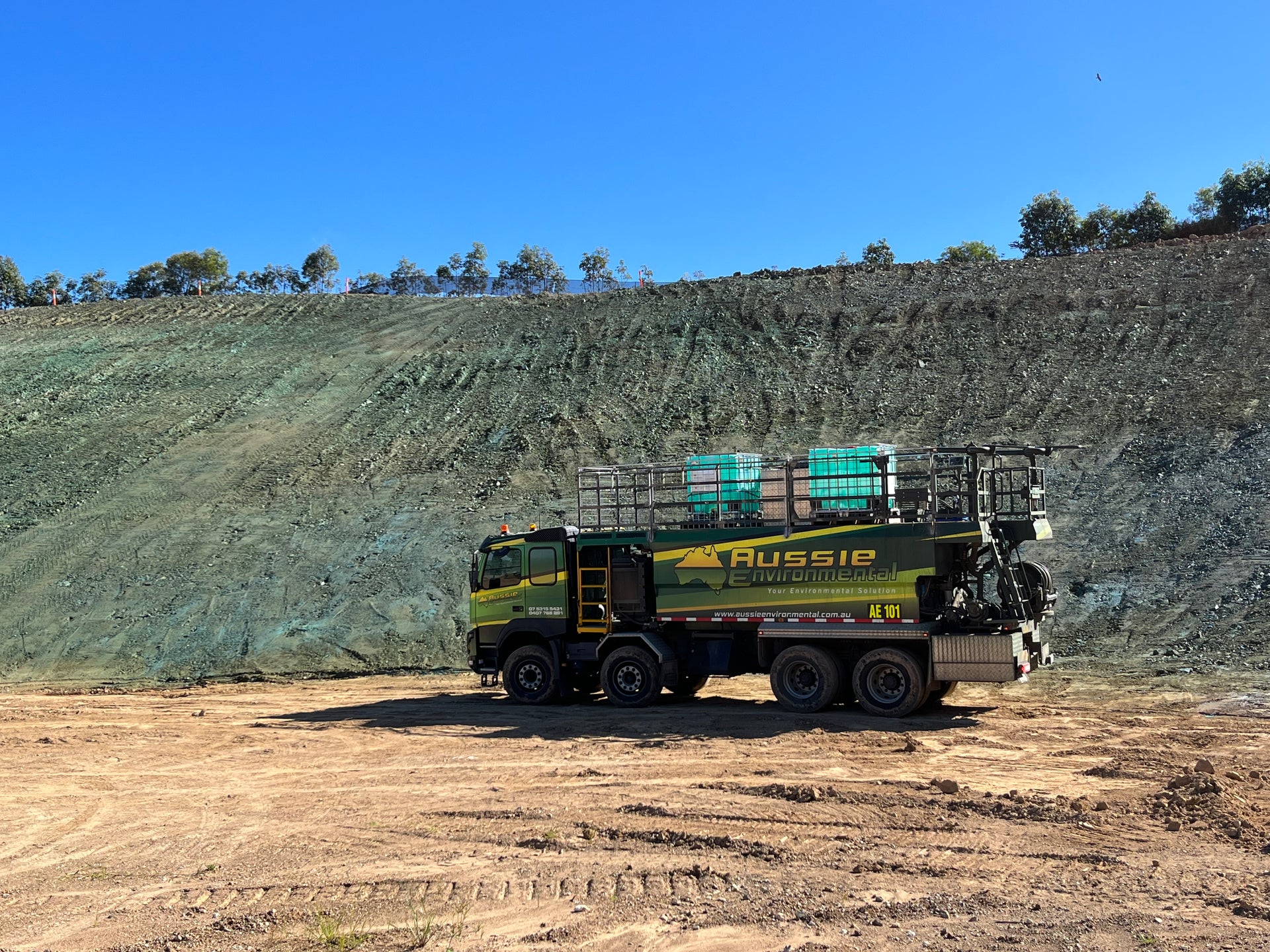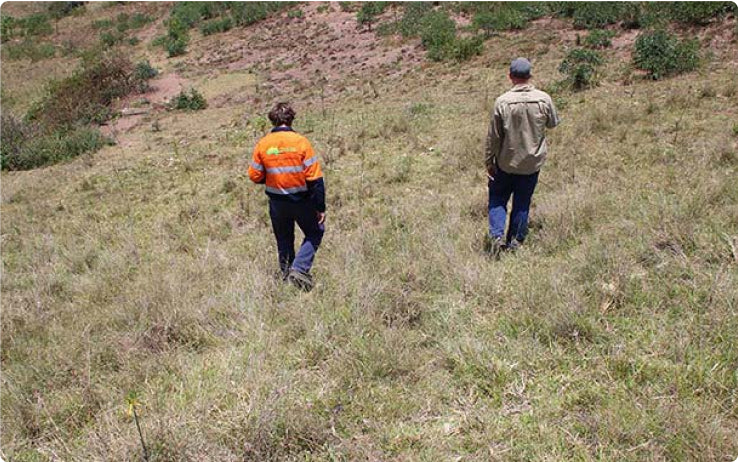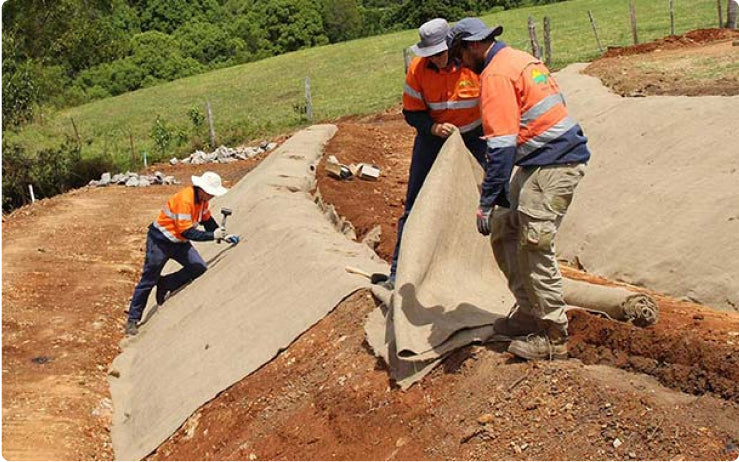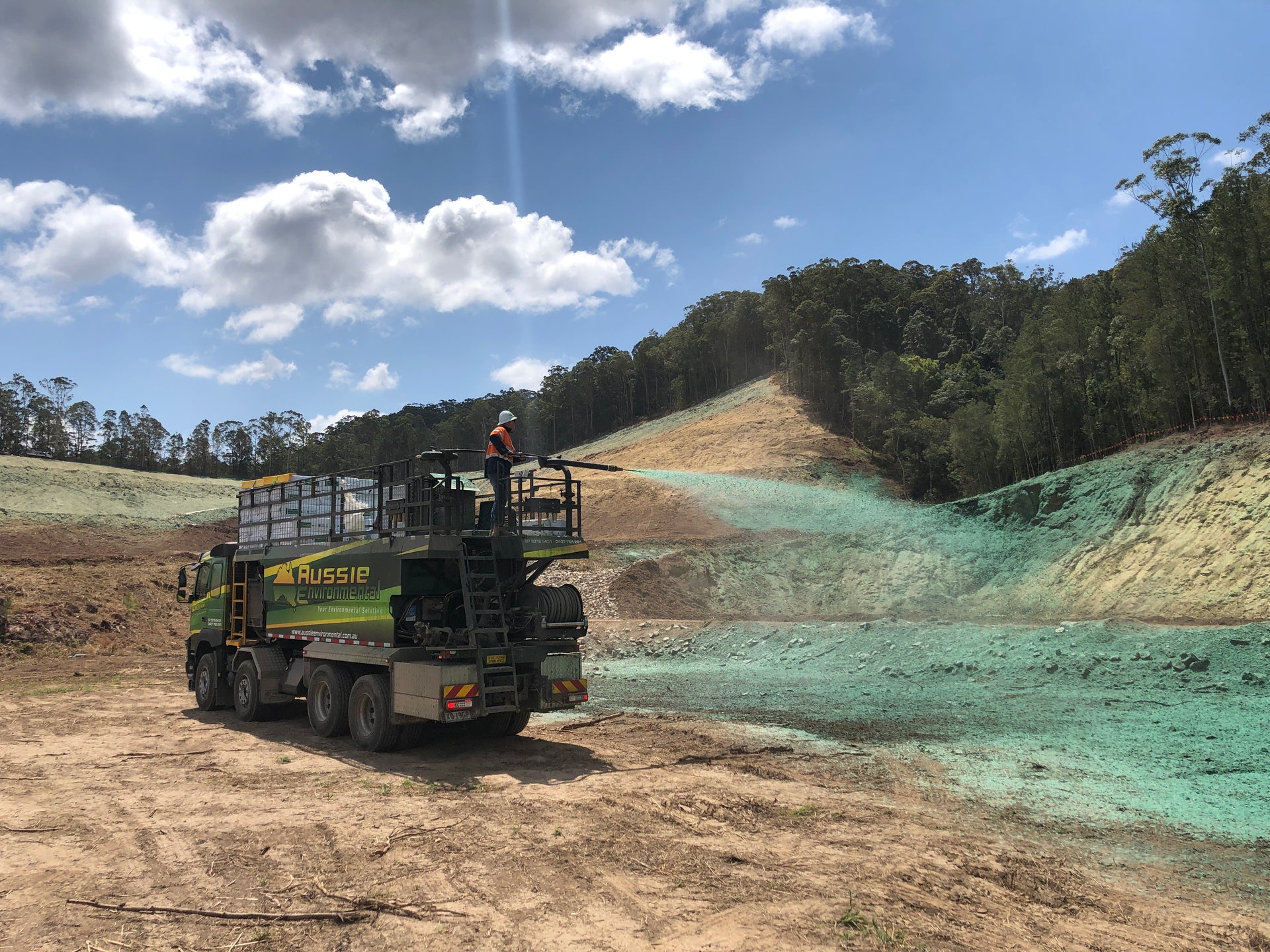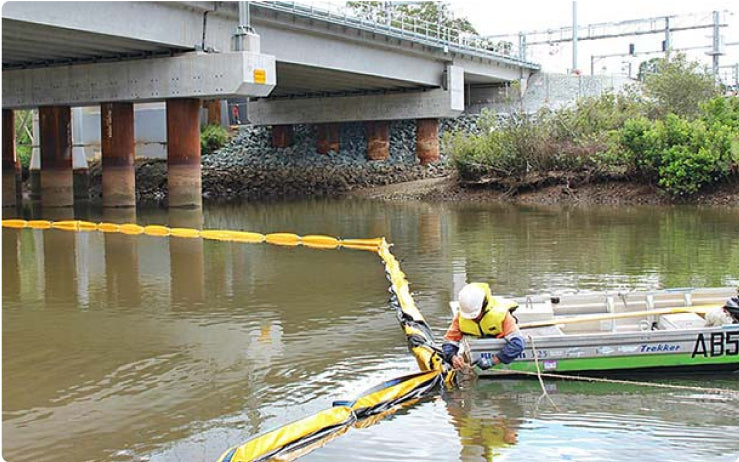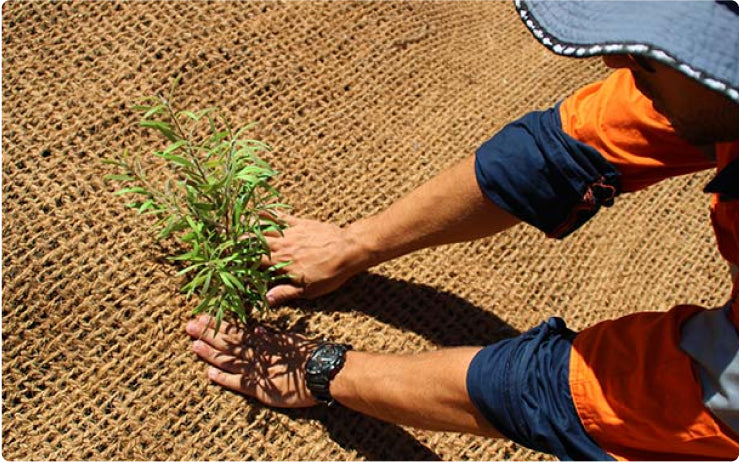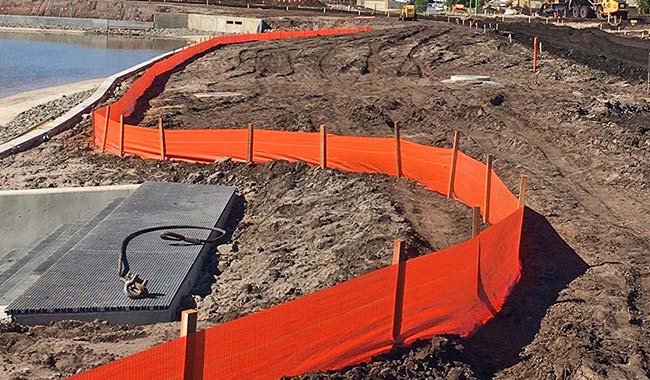How to Protect Your Landscape from Erosion During the Harsh Australian Summer
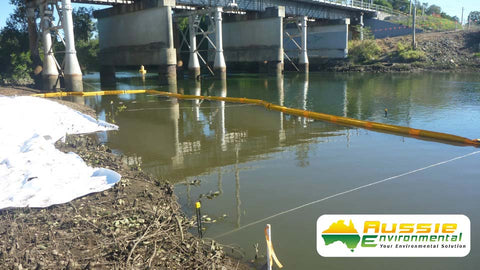
Australia’s extreme summers bring scorching heat, prolonged droughts, and bushfire risks, making soil erosion a major concern for homeowners, landscapers, and environmental managers. Without proper protection, soil can dry out, degrade, and wash away, leading to land instability, plant loss, and water pollution.
In this guide, we’ll explore effective erosion control strategies to safeguard your property during the harsh Australian summer.
1. Understanding the Impact of Summer on Soil Erosion
Australian summers are characterised by:
✔ High temperatures, which dry out soil, reducing its ability to hold moisture.
✔ Drought conditions, causing soil compaction and weakening plant root systems.
✔ Sudden heavy rains, leading to runoff and soil loss.
✔ Bushfire aftermath, where the loss of vegetation leaves soil exposed to wind and water erosion.
By addressing these factors, you can protect your landscape and promote soil health year-round.
2. Practical Ways to Prevent Erosion in Summer
A. Use Mulch to Retain Moisture and Stabilise Soil
Mulch acts as a protective barrier, reducing moisture loss, stabilising the soil surface, and preventing erosion.
- Use organic mulches like wood chips, bark, or straw to retain soil moisture.
- Apply at least 5-10cm of mulch around plants to protect roots from extreme heat.
- Replenish mulch regularly as it decomposes over time.
B. Install Coir Logs to Prevent Soil Runoff
Coir logs are biodegradable erosion control barriers made from natural coconut fibre. They:
- Trap sediment and stabilise soil on slopes and water channels.
- Slow water runoff, preventing soil displacement.
- Support native plant growth, improving long-term soil stability.
Best for: Sloping landscapes, gardens, construction sites, and post-bushfire rehabilitation.
C. Grow Drought-Resistant Native Plants
Australian native plants are well-adapted to hot and dry climates, reducing soil erosion naturally.
- Ground covers like Kangaroo Grass, Lomandra, and Creeping Boobialla protect soil from wind erosion.
- Deep-rooted plants like Grevillea and Bottlebrush stabilise soil and prevent landslides.
- Diverse plantings create natural windbreaks, reducing the impact of strong summer winds.
D. Use Geotextile Fabric to Strengthen the Soil
Geotextiles are permeable fabrics that protect soil from erosion while allowing water and air penetration.
- Use coir matting or jute mesh on exposed soil to reduce erosion and support plant establishment.
- Ideal for steep slopes, drainage channels, and bushfire-affected areas.
3. Managing Erosion in Bushfire-Prone Areas
Bushfires strip vegetation, leaving soil vulnerable to erosion. After a fire:
✔ Install coir logs to stabilise slopes and trap sediment.
✔ Apply hydromulching to encourage revegetation.
✔ Use erosion control blankets to protect soil while native plants regrow.
Protect your Landscape Today
Protecting your landscape from erosion during the harsh Australian summer requires a combination of mulching, native planting, coir logs, and geotextiles. By implementing these strategies, you can safeguard your soil, reduce runoff, and support long-term environmental health.




